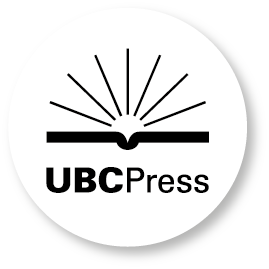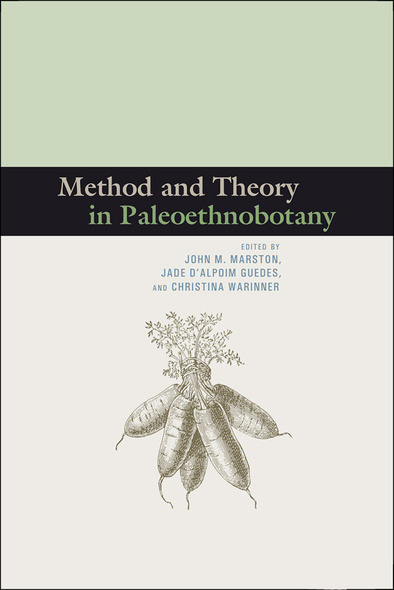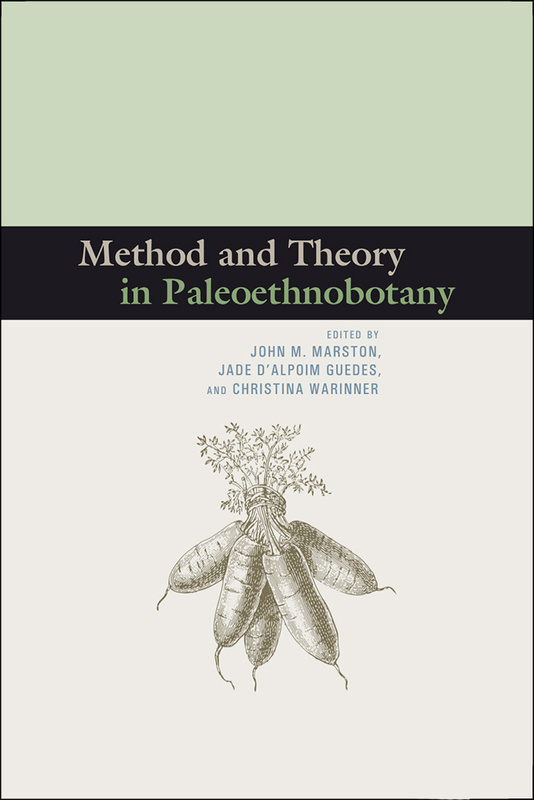Our shopping cart is currently down. To place an order, please contact our distributor, UTP Distribution, directly at utpbooks@utpress.utoronto.ca.
Method and Theory in Paleoethnobotany
A diverse and highly regarded group of scholars reference a broad array of literature from around the world as they cover their areas of expertise in the practice and theory of paleoethnobotany—starch grain analysis, stable isotope analysis, ancient DNA, digital data management, and ecological and postprocessual theory.
The only comprehensive edited volume focusing on method and theory to appear in the last twenty-five years, Method and Theory in Paleoethnobotany addresses the new areas of inquiry that have become central to contemporary archaeological debates, as well as the current state of theoretical, methodological, and empirical work in paleoethnobotany.
'This volume is timely and will be a valued addition to the libraries of professional archaeobotanists, students learning the intricacies of archaeobotanical analyses, and archaeologists who want an up-to-date reference of the methods and applications of archaeobotany.’
—C. Margaret Scarry, University of North Carolina at Chapel Hill
‘A good higher-level introduction to the current state of the discipline… it offers a nice mx of practical advice, history and theory, and case material. Scholars and students should welcome it.’
—Anthropology Review Database
'In addition to providing an excellent starting point for any novice or seasoned paleoethnobotanist, this volume would be an excellent selection for a graduate seminar on paleoethnobotany. . . . Method and Theory in Paleoethnobotany provides discussions of history, methodologies, current theoretical perspectives and case studies that are tied together by an extensive bibliography to allow for further in depth exploration of a particular topic by an interested student. The chapters within this volume are in a logical order and consider the paleoethnobotanical process from the first steps of developing a research design through interpretation of data. Though this volume will certainly become a fixture for paleoethnobotanists, any archaeologist will find it a valuable reference for understanding plant use by ancient humans.'
—Anthropology News
'This volume is highly recommended and should serve as a companion to all archaeologists and those interested in past socioecodynamics. . . . the volume offers an unequalled selection of synthesis, practical advice, useful illustrations, and commentary on future directions that will be essential for, and influence, ongoing research in paleoethnobotany and archaeology more broadly.'
—Geoarchaeology
'It is not necessary to read [this book] cover to cover, but resisting will be difficult. While authoritative, the writing is accessible to novice and advanced scholar alike. . . . Even if it were not bargain-priced, this would still be an essential reference for paleoethnobotanists and archaeologists, and required reading for archaeobotany students.'
—Economic Botany





